
One of the most touristic cities in the world is undoubtedly Roma. With thousands of years of history it has something for everyone: ancient ruins, medieval buildings, art, gastronomy, shopping and nightlife. You will never get bored, day or night.
What should you not miss, what routes should you follow? All that and much more in our article today about one of the most classic tourist destinations of all: Rome.
Themed tours in Rome
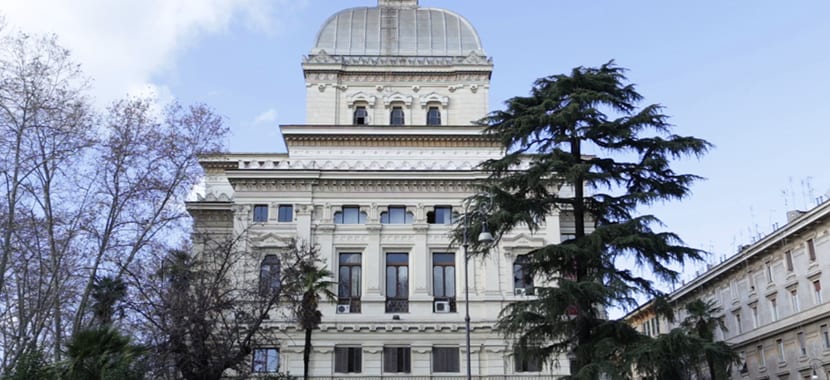
As we said at the beginning, Rome has thousands of years of history so you can focus on different aspects: this is the Religious Rome, modern Rome, archaeological Rome, green Rome and the Rome of art.
La Religious rome it is concentrated in the temples of other non-Christian religions and in churches and basilicas. Is the Synagogue, built at the beginning of the XNUMXth century which is also the largest synagogue on the European continent, and the Mosque, which is much more modern, dates from 1995, and has about 30 thousand square meters.
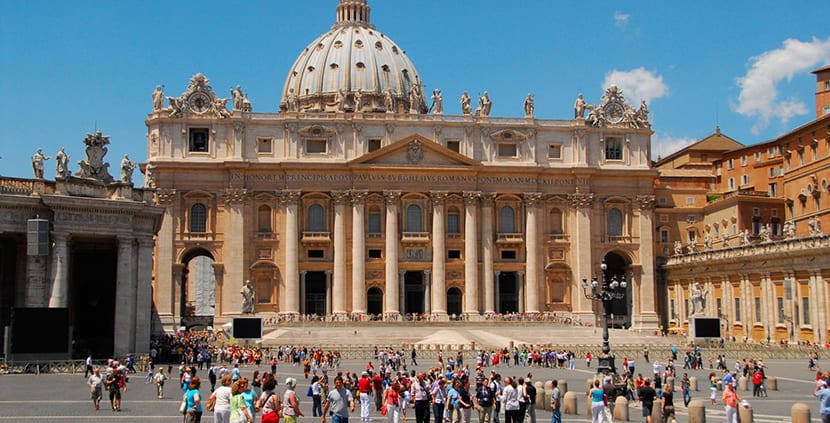
Talking about churches and basilicas in Rome also implies talking about older temples since many Christian buildings were built on pagan temples. Do you have the Pantheon, for example. On the other hand is the Rome Cathedral, St. John Lateran, nexus between paganism and Christianity, and close the Basilica of San Clemente with its beautiful baroque facade. You can see Michelangelo's Moses on the portico of the St. Peter's Basilica in Vincoli.
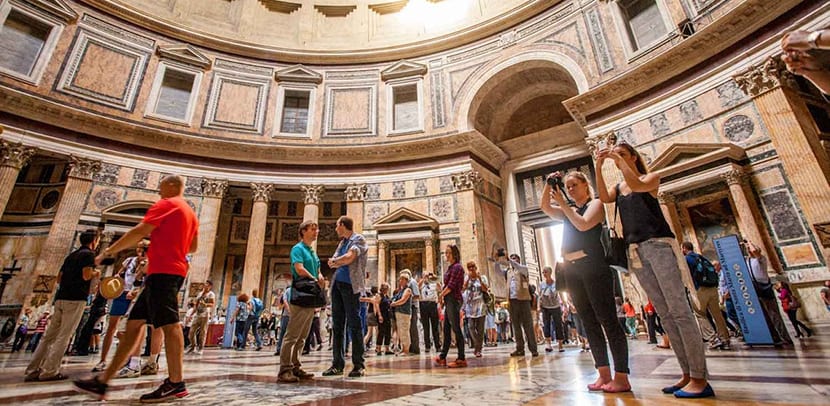
La Basilica of Santa Maria la Mayor It is a very well preserved temple with a 36 square meter nave and wonderful works of art inside. On the other side of the Tiber is the Cecilia Basilica in Tratevere. Sum, obviously, the Basilica of Saint Peter, the Basilica of Saint Clement, that of Saint Paul Outside the Walls, that of Saint Mary of the Angels and the Martyrss, ancient Roman temple, and the Basilica of San Juan.
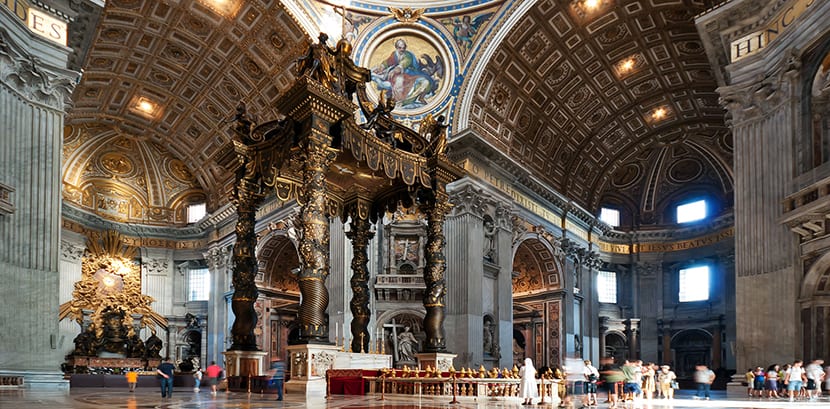
The route of Archaeological rome includes the Termas de Caracalla dating from 217 AD, the near Domus Area and Coliseum. Everything close, everything on foot. If you continue traveling you arrive at palatine and Roman Forum to walk along the Via Sacra. Venice Square has the Trajan's markets XNUMXnd century AD and the Ara Pacis. If it's time to rest and eat a sandwich you can take advantage of the steps of the Capitol.
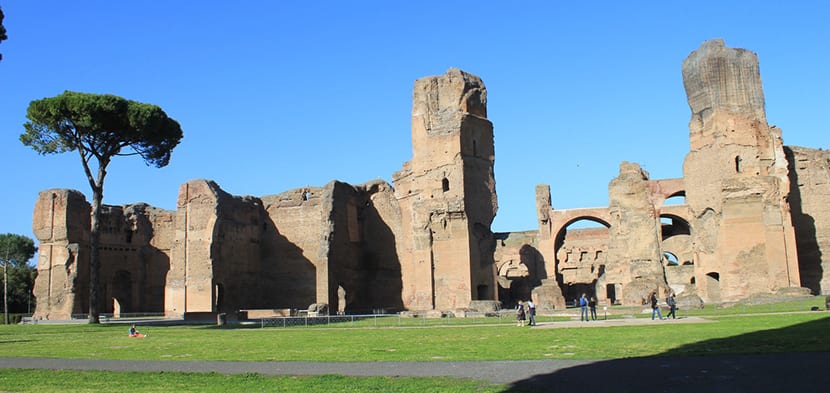
If you arrive in Rome and there is good weather then you can do everything on foot. Yes, you have to walk but the truth is that if you are in good physical condition it is the best. Walking you can get to know the old neighborhoods better and discover wonders in every corner, walk along the banks of the Tiber, walk through the Latin Tombs park and see aqueducts, walk the ancient Roman roads or ride a bike, why not?
And of course, Rome is a city of squares so you have the Plaza de España, Plaza San Pedro, Campo de Fiori or Piazza Navona, For example.
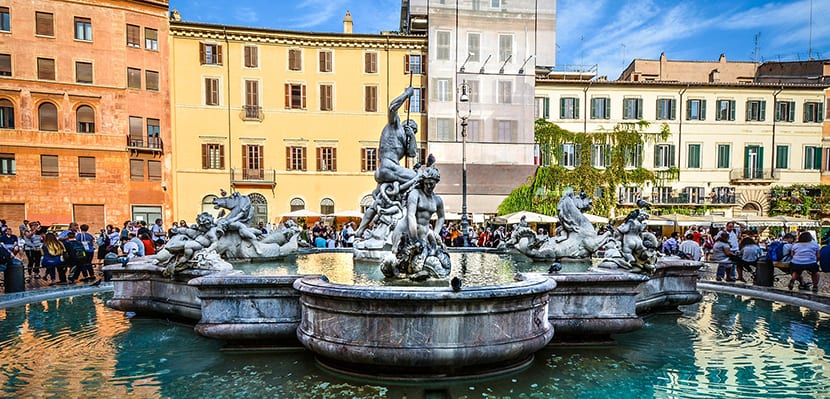
I always tell my friends that in Rome you don't spend a euro to buy bottled water because you go out with your little bottle and you can fill it at any of the fountains you come across in the streets. The sources They are part of the heritage of the city and the water is drinkable. Is the Triton Fountain in the Piazza barberini, by Gian Loernzo Bernini, the Fountain of the Naiades, in Piazza della Repubblica, the barcaccia, Trevi Fountain, Fontana delle Tartarughe in Piazza Mattei, the Bernini's Rivers Fountain… There are two thousand!
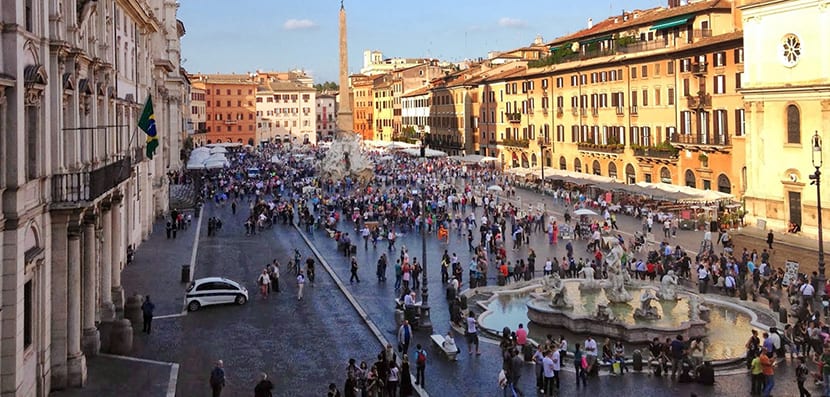
As for the Rome of art, there are museums everywhere. I'm not a museum bug so I always see the offer and decide on one that really interests me. Going to go is not my thing. I like archeology a lot so if you must also know the Capitoline Museums, Trajan's Markets, the Ara Pacis Museum, the Museum of the Wall, the Villa of Maxentius which is a beautiful village on the Via Appia Antica with circus, mausoleum and palace and the Museum of Casal de'Pazzi, with an ancient river bed of 200 thousand years, nothing more and nothing less.
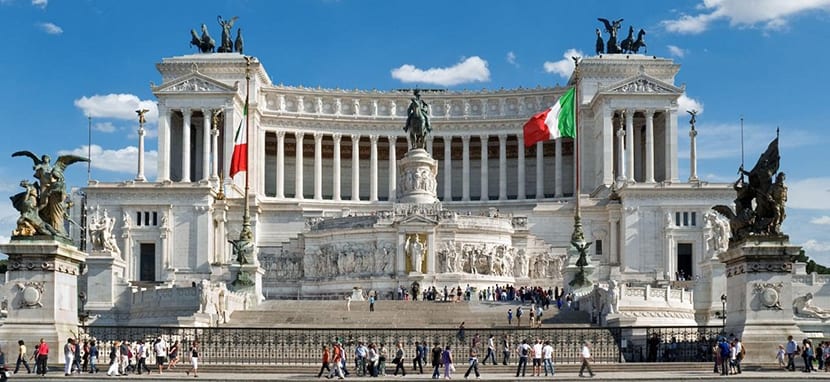
El Museum of Rome, Napoleonic Museum, Museum of the Roman Republic are other interesting museums. Do you have to pay for everything? Well no, walking is free, seeing the fountains or doing some walks in general too. The best Panoramic views You can get them from Piazzale Giuseppe Garibaldi, on the Gianicolo hill, from the Vittoriano Terraces (to go up higher, you have to pay the elevators), the viewpoint of Piazza Napoleone or the Orange Garden.
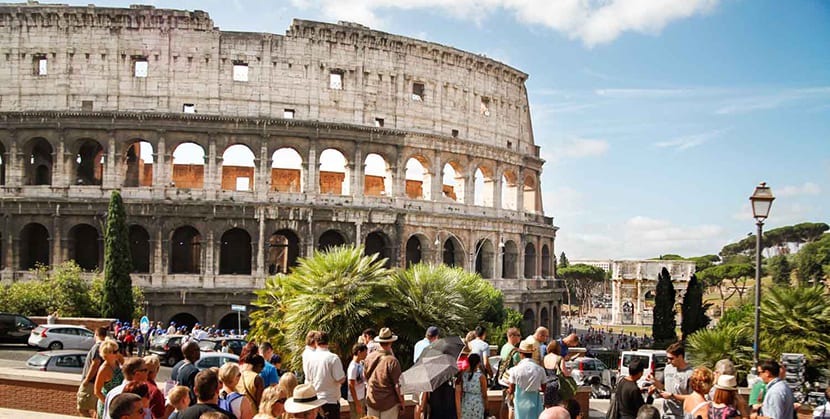
Entry to the Pantheon is free, the Protestant Cemetery with Shelley and Keats graves and smaller churches as well. To spend less an option is the RomePass, but only if you really plan to visit a lot. You have the option of 48 and 72 hours.
It is a tourist cultural card It costs 28 euros for 48 hours allowing free access and use of urban public transport, discounts on events, services and exhibitions, discounts on tickets for museums or archaeological sites and a free entry to a museum or archaeological site of your choice. The 72-hour version costs 38 euros and adds some advantages such as free admission to two museums.
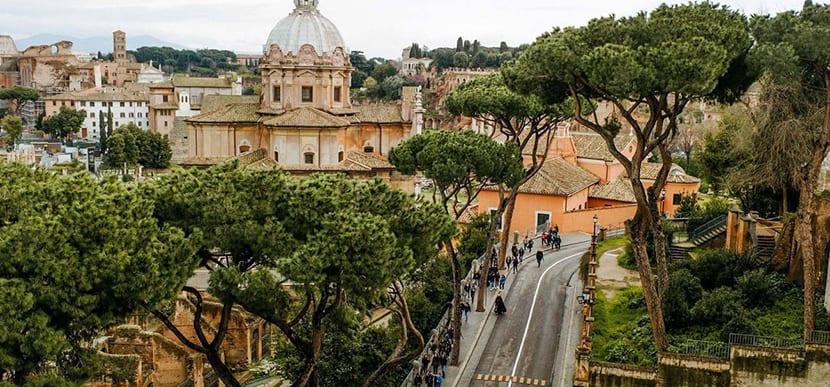
Three days in Rome will give you enough time to get to know the most important things but if you stay one more day and the weather is good then don't stop leaving Rome to its surroundings. The best excursions They are Villa d'Este, a World Heritage Site in Tivoli, 25 kilometers away, Villa Adriana, imperial and elegant, Villa Gregoriana with its park, Ostia and its archaeological complex and the green oasis of the Jardines de Ninfa.
And trust me, a single trip to Rome is never enough. You have to return, return and return